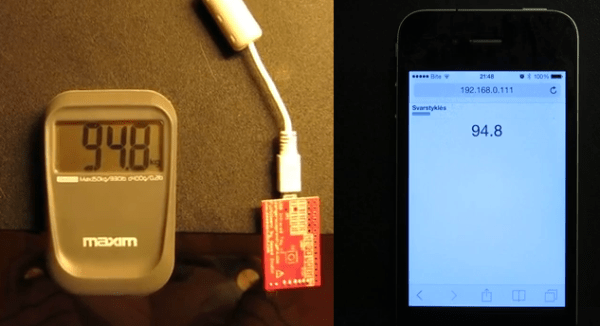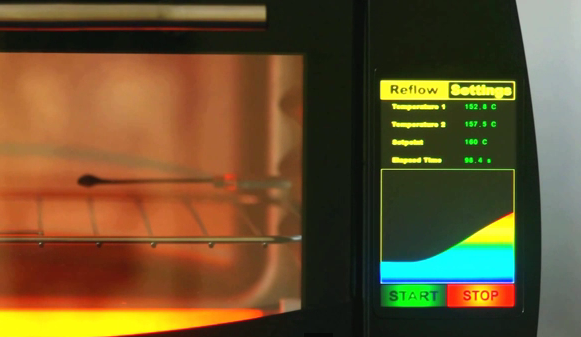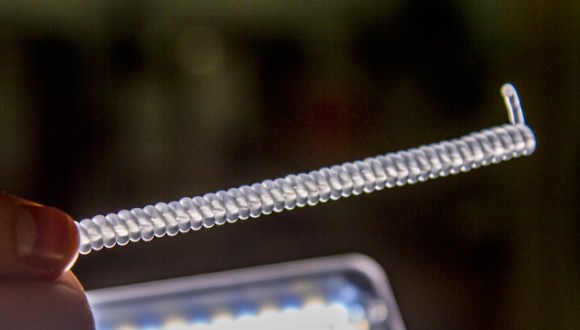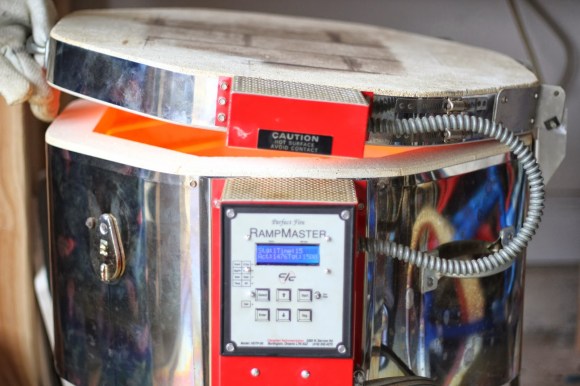One our tipsters just sent us this great project — it’s a unique style of clock that we haven’t seen before. It was completed as part of what we think was a post-graduate program by [Felix Vorreiter]. This is FLUX 1440 (translated).
It uses 1200 meters of marked rope that is fed into the clock and strung between various pulleys and gears. Every second, the rope is moved 1.3cm. Every 57 seconds, the time is readable across the strands of rope — but only for 3 seconds. After that everything goes “back into the river”, a metaphor for chaos.
The explanation behind it is in German, but we’ve tried to piece together a general statement about the meaning behind it. Of course, we’d love if one of our German readers could provide a better translation!
FLUX 1440 displays time as a spatial dimension and counts the length of a day using a long segmented rope. The length of each minute is felt physically, as the viewer must wait as the shapes change until the current time reveals itself from the chaos of the markings.
Stick around for an extremely well produced video demonstrating it — it’s also in German, but we think you’ll be able to piece together the meaning.
Continue reading “FLUX 1440: A Highly Impractical But Awesome Clock”

















